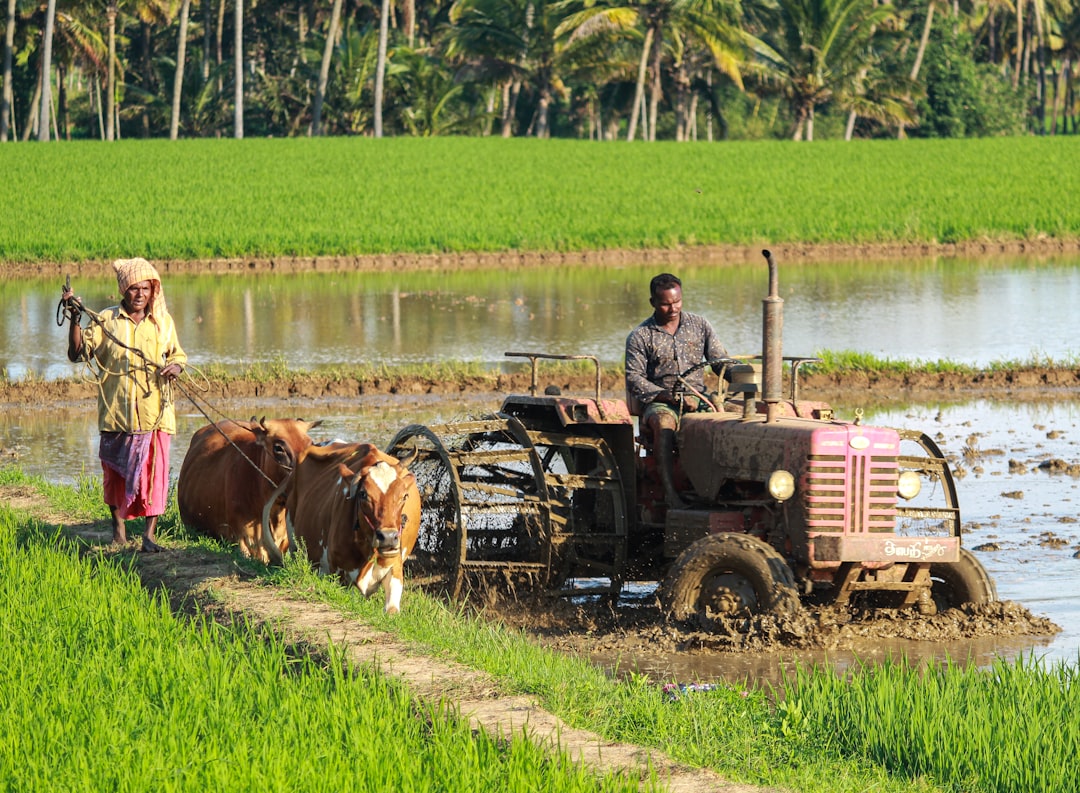Working animals, such as horses, donkeys, and oxen, have been integral to human societies for centuries, providing essential services in agriculture and transportation. Despite the advent of mechanization, these animals continue to play a vital role in many parts of the world, particularly in small-scale farming and rural communities. This post highlights the unique needs and management of draft animals, emphasizing their continued importance in global agriculture and transportation.
Role of Working Animals in Agriculture
-
Draft Power and Farming Efficiency
Draft animals offer flexibility and efficiency in farm work, enabling tasks such as plowing, planting, and harvesting. They are particularly valuable in small-scale farming where mechanization may be unaffordable or impractical. For example, in regions like Guatemala, working horses are crucial for small producers, enhancing their productive assets and income. -
Nutrient Cycling and Ecosystem Services
Working animals contribute to nutrient cycles by providing manure, which acts as a natural fertilizer. This approach supports sustainable agriculture by reducing the need for synthetic fertilizers and enhancing soil health. -
Social and Economic Benefits
Beyond their agricultural role, working animals provide transportation for goods and people, supporting local economies and improving access to markets. They also offer opportunities for small-scale entrepreneurship, such as renting out animals for labor or transportation.
Unique Needs and Management of Draft Animals
-
Health and Welfare
Ensuring the health and welfare of draft animals is critical. This includes providing adequate nutrition, regular veterinary care, and appropriate equipment to prevent injuries. Animals should be free from disease, injury, and harmful parasites, and their workload should be managed to prevent overstraining. -
Training and Handling
Proper training is essential for draft animals to be effective and safe to use. Principles of training emphasize calm, consistent handling and gradual introduction to tasks. Selecting animals with suitable temperaments and breeds adapted to local conditions is also important. -
Environmental Adaptability
Draft animals must be adapted to local environmental conditions. Indigenous breeds are often preferred due to their resistance to common diseases and ability to thrive in challenging climates.
Challenges and Opportunities
-
Economic Challenges
The economic viability of using draft animals can be a challenge, especially when compared to mechanized alternatives. However, in many regions, the cost-effectiveness and adaptability of draft animals make them a preferred choice for small-scale farmers. -
Technological Integration
While traditional, draft animals can benefit from modern technologies, such as improved harnesses and veterinary care, to enhance their efficiency and welfare. -
Policy Support
Strong policy frameworks are essential for supporting the use of draft animals, ensuring their welfare, and promoting sustainable agricultural practices.
Conclusion
Working animals remain a vital component of global agriculture and transportation, particularly in developing regions. By understanding their unique needs and management requirements, we can ensure their continued role in supporting rural livelihoods and sustainable food systems. As the world seeks more environmentally friendly and socially responsible agricultural practices, the husbandry of working animals will remain an important part of this narrative.
Future Directions
Looking ahead, the future of working animals in agriculture and transportation will depend on continued innovation and collaboration. This includes integrating modern technologies to enhance efficiency, promoting policy support for sustainable practices, and fostering global dialogue to address shared challenges. By embracing these strategies, we can ensure that working animals continue to contribute positively to global food security and rural development while maintaining high standards of animal welfare.
Citations:
- https://openknowledge.fao.org/server/api/core/bitstreams/0cd63cd8-d185-4d0c-bc6e-00d7eb65360c/content
- https://www.wrc.org.za/wp-content/uploads/mdocs/TT%20569-13.pdf
- https://www.animal-ethics.org/animals-used-workers/
- https://epubs.icar.org.in/index.php/IndFarm/article/download/76144/31777/193010
- https://canadianfoodfocus.org/on-the-farm/farm-animal-well-being-during-transport/
- https://attra.ncat.org/publication/draft-animal-power-for-farming/
- https://brill.com/edcollbook/title/68446?language=en
- https://cgspace.cgiar.org/server/api/core/bitstreams/b59f6995-0d2d-40b3-a42d-2e97005e772b/content

Comments
No comments yet. Be the first to comment!
You must be logged in to comment. Login